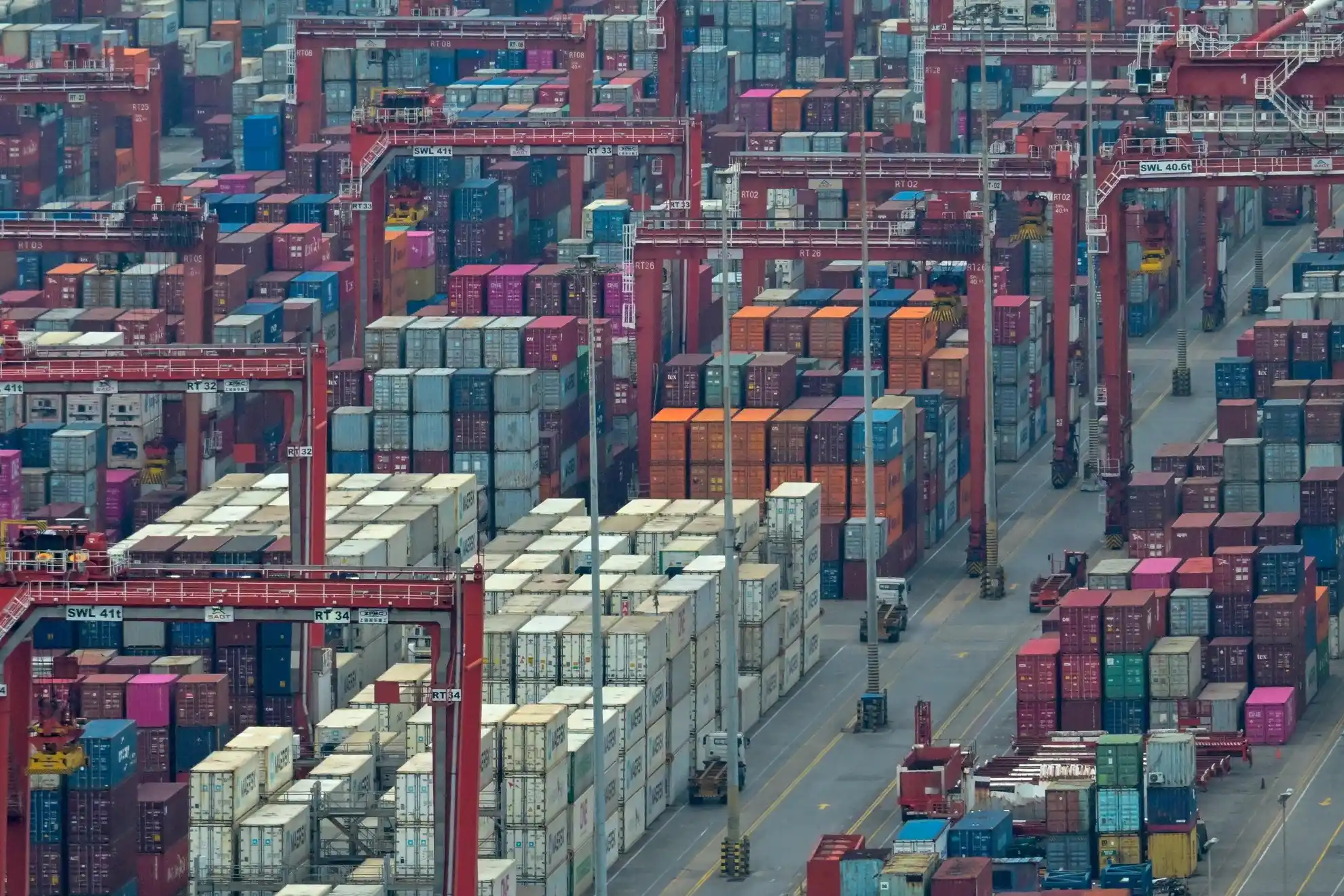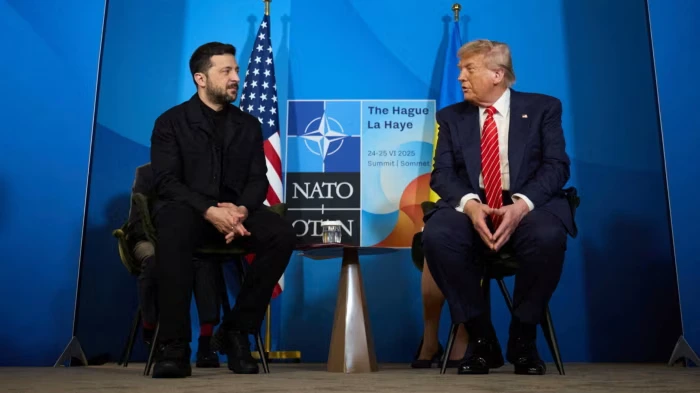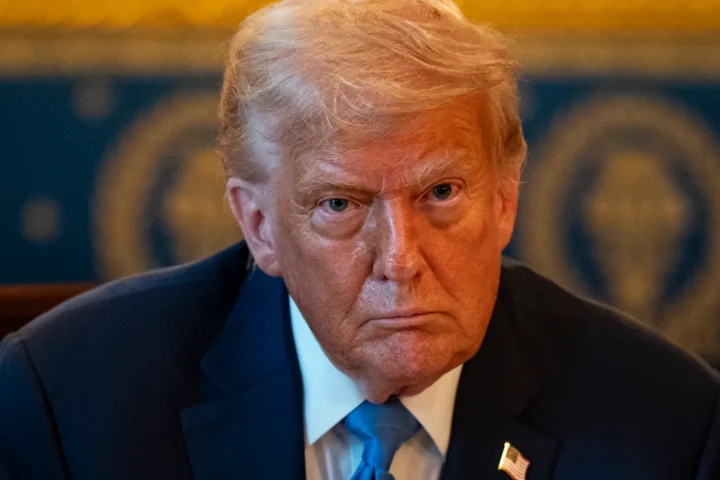The economic standoff between Washington and Beijing has entered a dangerous new phase. In a dramatic escalation of tensions, China announced it will raise tariffs on U.S. imports from 34% to a staggering 84%, effective Thursday, April 10. The move is a direct response to President Donald Trump’s recent wave of tariffs and a clear signal that Beijing is ready for a prolonged confrontation.
This development comes amid the collapse of trade negotiations and growing frustration on both sides. As The Spectator reported, China’s Ministry of Finance issued a blunt statement confirming the tariff hike, which will come into force at 12:01 am China Standard Time (7:01 pm CET on April 9).
“On 8 April 2025, the US government announced that it would increase the ‘reciprocal tariff’ on Chinese goods exported to the US from 34% to 84%,” read the ministry’s announcement.
“The US’s practice of escalating tariffs on China is a mistake on top of a mistake, which seriously infringes on China’s legitimate rights and interests and seriously damages the rules-based multilateral trading system.”
China Hits Back with Force
China’s response is not just symbolic — it’s a calculated blow aimed at the heart of U.S.-China trade. The tariff hike covers a wide range of goods and is just one part of a broader set of countermeasures. Just days earlier, Beijing announced a 34% blanket tariff on all U.S. imports, tightened export controls on critical rare earth minerals, and issued a white paper pledging to “fight to the end.”
In that same white paper, the Chinese Ministry of Commerce delivered an unambiguous message:
“If the US insists on further escalating its economic and trade restrictions, China has the firm will and abundant means to take necessary countermeasures and fight to the end.”
Despite the rising tensions, Beijing declined to confirm whether it was open to resuming talks with the White House. Many nations have already re-engaged with Washington in hopes of avoiding trade penalties, but China is clearly charting a different course.
No Appetite for Compromise
Trump’s latest tariff package — nicknamed the “Liberation Day” tariffs — triggered Beijing’s response. According to officials in Beijing, the U.S. imposed an effective 104% tax on Chinese exports following the collapse of negotiations. In retaliation, China not only raised tariffs but reasserted its narrative that trade between the two powers is more balanced than Washington claims.
China’s Ministry of Foreign Affairs spokesman, Lin Jian, dismissed the idea of concessions, saying:
“If the US truly wants to resolve issues through dialogue and negotiation, it should adopt an attitude of equality, respect and mutual benefit.”
The white paper accuses Washington of failing to honor commitments made during the Phase 1 trade agreement negotiated during Trump’s first term. One example cited is the U.S. move to potentially ban TikTok unless it is sold to an American company — a decision Beijing views as violating the agreement’s clause on avoiding forced technology transfers.
TikTok and Trade: Two Battles, One Front
The ongoing conflict around TikTok underscores the broader trade rift. Last week, Trump extended TikTok’s operating window in the U.S. by 75 days after a potential sale fell through. ByteDance, TikTok’s Chinese parent company, reportedly contacted the White House to say Beijing would not approve any deal unless broader trade talks were resumed.
The Chinese government argues that the U.S. narrative of a trade imbalance is misleading. Taking into account services, Chinese officials say the two economies are closer to parity than American data suggests. In 2023, China recorded a $26.57 billion deficit in trade in services with the U.S., particularly in sectors like banking, insurance, and accounting.
“History and facts have proven that the United States’ increase in tariffs will not solve its own problems,” China’s commerce ministry wrote.
“Instead, it will trigger sharp fluctuations in financial markets, push up US inflation pressure, weaken the US industrial base and increase the risk of a US economic recession, which will ultimately only backfire on itself.”
Economic Fallout Could Be Severe
The broader consequences of this tariff war may extend far beyond bilateral trade. Analysts warn that sustained tariff hikes could jolt financial markets, raise consumer prices in the U.S., and fuel inflation — all while undermining industrial competitiveness. For China, the challenge will be maintaining growth while enduring prolonged hostility from its largest trading partner.
Beijing’s tariff hike to 84% is not just a retaliatory measure — it is a message: China is no longer willing to play defense. As the standoff continues, both sides appear to be preparing for long-term economic decoupling, and the rest of the world may soon feel the shockwaves.




















